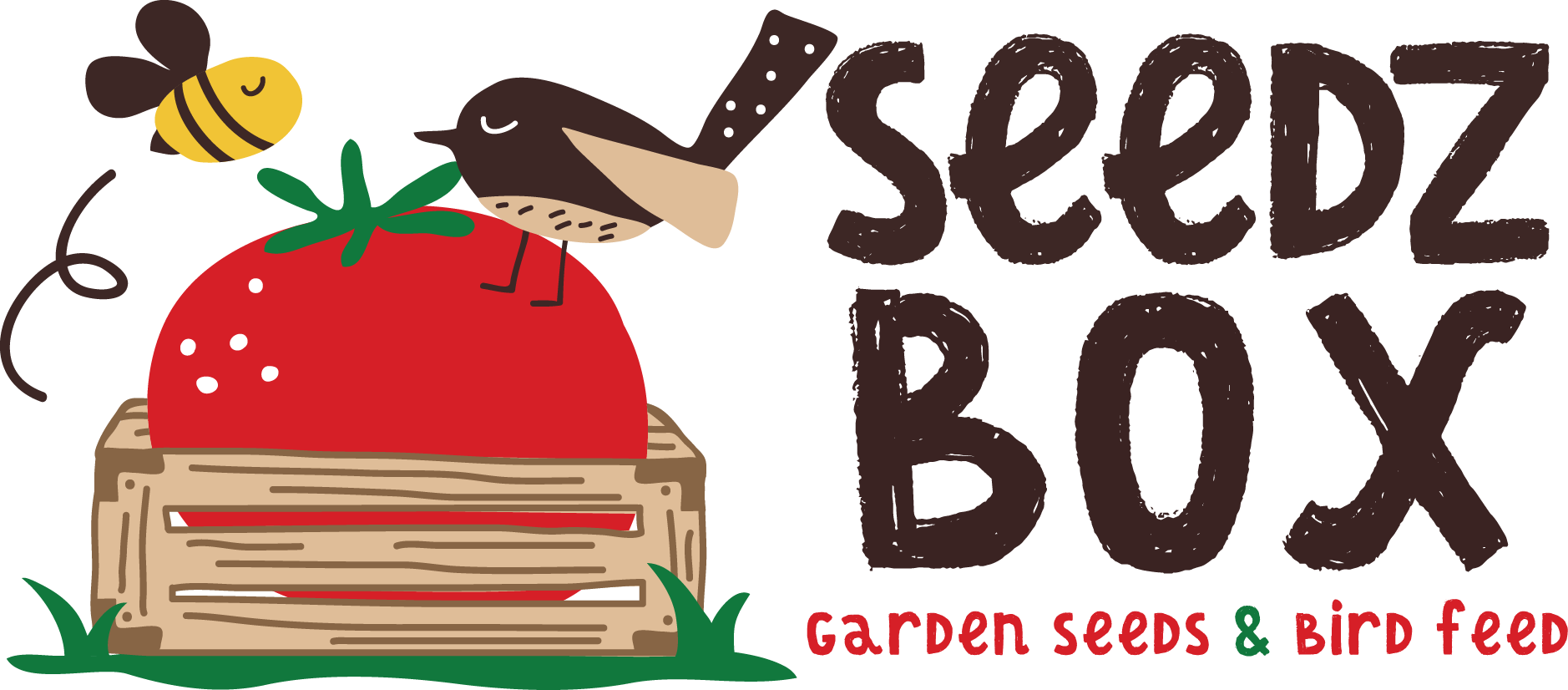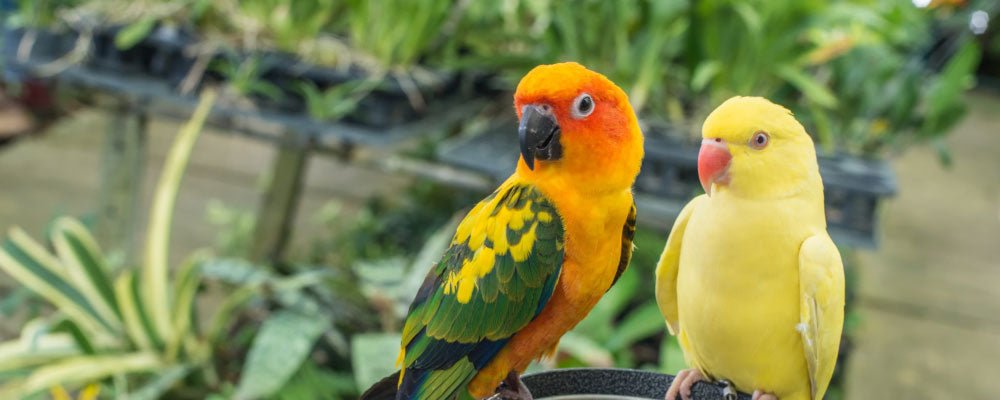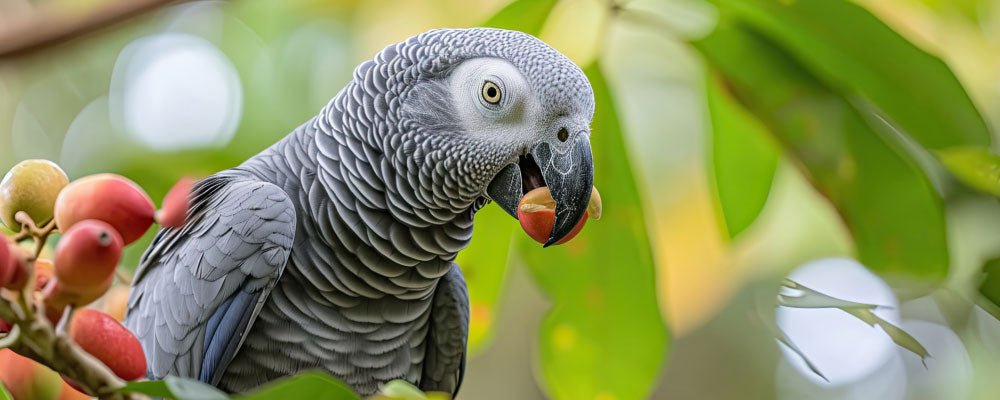
Budgies, Cockatiels and Grass Parakeets - A Guide
Budgerigars
Perhaps the most popular and familiar of the small parakeets, budgerigars are native of the dry, temperate grasslands in Australia where they gather in huge, noisy flocks. Budgies in the wild are small total length about 18cm with a weight of about 30gm. Its feathers are primarily green, with a yellow head, and the dorsal plumage is distinctively scalloped. Indeed, the back and wings retain the scalloped appearance and juvenile birds have 'bars' across the forehead, which then disappear as the bird matures.
From this original native stock in Australia first collected two hundred years ago, breeding and selection have ended up with a much larger bird about 25cm long and up to 50 grams with a multitude of colour varieties.
In common with many parrots, the iris colour of budgies changes with age, starting out black in the young and then becoming creamy white in adults. There are distinctive dark spots on the plumage of the lower face. Sex differentiation in most adult birds is obvious by the colour of the large fleshy cere, which contains the nostrils and is blue in the male and brown in the female, but is a neutral lilac in juvenile budgies.
Budgerigars are bright, active, intelligent and they will successfully mimic bells and whistles, and will learn to repeat many human words, which make ideal small pet birds. Indeed, budgies are highly sociable, so it’s important that they be kept at least in pairs if not small groups. Be warned, though, that indoors in captivity they are very prone to obesity, so it’s important to monitor their diet and consumption. The average pet budgie of green or blue colour can live for twelve to fifteen years, though budgerigars of more unusual colours such as yellow, white or violet tend to be less robust, and may live for up to nine years.
Cockatiels
Like the budgerigar, the cockatiel originates from Australia and have many colour varieties, though the most famous is the 'normal grey' cockatiel, which is up to 30cm long and has a predominantly grey body with a yellow head and bright orange cheek-patches in the male. The hen is duller in facial colouring, and has yellow striations of the under-tail feathering. Years of breeding and selection have now produced cockatiels that are white-faced, all white, lutino (yellow) pied and pearl feathering and their spiky crest feathers are their most distinctive feature.
Cockatiels are bright and characterful birds and make ideal pets, though they are a bit noisier than budgerigars, with a shrill, repetitive call. Cockatiels are also strong fliers and prolific breeders capable of producing fertile eggs at less than one year old. In fact, it can be very difficult to stop these birds laying eggs and they should be allowed equal sized nest boxes with more boxes available than there are breeding pairs, otherwise cockatiels will fight over the favoured choice of box.
In common with African grey parrots and cockatoos, cockatiels produce far more dust from their plumage than do most other parrots. Average lifespan of the normal grey cockatiels should easily reach fifteen to twenty or even twenty-five years, but, as with budgies, some varieties with unusual colours are less robust and may live up to fifteen years.
Grass Parakeets
Many species of grass parakeets, also hailing originally from Australia, are popular in aviculture, mostly as aviary breeding birds rather than caged pet birds. Like cockatiels and budgerigars, there has been a lot of breeding and selection over the years, which has produced a variety of colour mutations of grass parakeet, which are popular in Europe where they are prized and rather expensive.
Grass parakeets have a small head and beak as well as being short-bodied and long-tailed birds with a length of about 20cm and weighing in at up to 60 grams. Most grass parakeets are highly coloured with variation between the sexes and they normally live up to 15 years.
These birds are generally quiet, attractive, and fairly easy to keep and breed, though they are susceptible to paramyxovirus infection and intestinal roundworms, so regular worming should be part of the management routine for grass parakeets.



Leave a comment
This site is protected by reCAPTCHA and the Google Privacy Policy and Terms of Service apply.